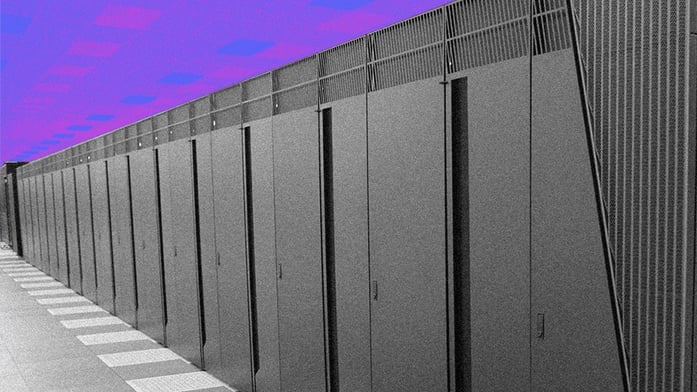Platform fatigue and the rise of the ecosystem
Those working in enterprise architecture have witnessed how the walls of the decades-old, centrally-governed, and waterfall-process-loving enterprise have come down.
.png?width=717&name=Main%20point%20long%20-%20maintenance%20scheduling%20(1).png)
The replacement: a more agile, more adaptive, and more innovative organism... the ecosystem.
A network of ecosystems, in fact.
And as the ecosystem model usurps traditional value chains, on-premise IT architectures are being replaced by cloud software ecosystems. This new model is comprised of loosely integrated yet tightly coupled IaaS, PaaS, and SaaS. Innovation architecture is moving from an internal IT organization with a digital CoE sidekick to an ecosystem of partners and their ecosystems of partners.
Across all of these ecosystems, the life blood is data.
High-quality, contextually relevant, easily available and easily sharable.
And yet, in the new race to become digitally-native, cloud-first, and open, many are falling for an old trap: Restricting themselves to the narrow and outdated definition of a software platform, thereby constraining their own potential for innovation.
Industrial software vendors are, of course, guilty of platform mania by promoting their-logo-alone Industry 4.0 future evangelism. But they are not alone. Many industrial enterprises are equally complicit. Rightfully fearing vendor platform lock-in, they have gone about building their own in-house data platforms as the center pieces of digitalization projects.
Such single-supplier, end-to-end digital visions are missing the very crux of what makes today’s cloud era transformative.
Read also: Reaching a critical MaaS →
- In the industrial world, building a complex physical asset like an oil platform requires tens of thousands of parts, machines, and systems.
- These are delivered by a wide variety of vendors. Each of the vendors selected for their product expertise and cost-effectiveness (in maintenance, etc.). Often, these vendors are in direct competition.
- In other words, the delivery of a complete oil platform is the result of an ecosystem. The owner of the oil platform obtains the best result by being able to pick and choose during the design and build phase, then piecing everything together.
Digital Industry 4.0 should look just like this. Only by embracing the truly disruptive nature of today’s cloud-operating architectures can we realize the fourth industrial age. Together.
It’s time for industrial asset operators and others to move beyond endless proof of concepts and relentless omnipotent platform vendor pitches.
.png?width=717&name=Industry%204.0%20(1).png)
No matter how good they are, no one vendor alone will build—much less maintain—that stack.
It is also not a question of Build vs. Buy. There are at least 50 shades of grey between the two extremes. And business-first IT organizations are rightfully active in pursuing partnerships with open, modular software partners to accelerate their time to market. This is the only way to make continuous innovation and maintenance realistic also over the longer term.
So, the next time you—as an industrial operator—sit across one more omnipotent Industry 4.0 “platform” provider, do yourself a favour. Suggest that vendor to stop pretending to be the platform with the ecosystem off the shelf. Then ask how they see themselves working within the broader ecosystem that is true Industry 4.0.
